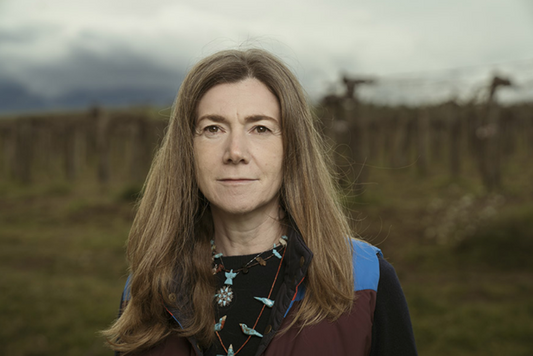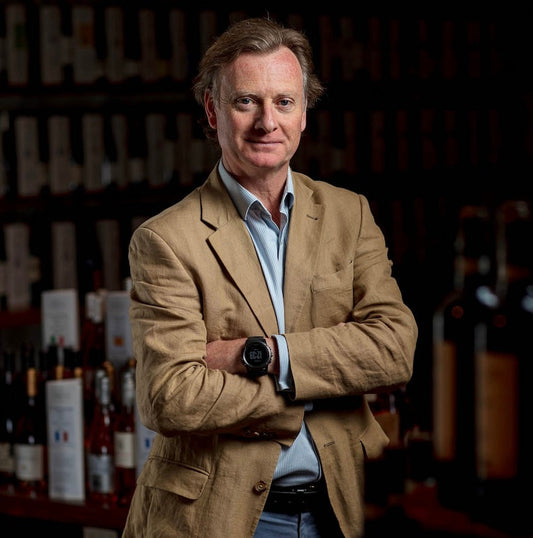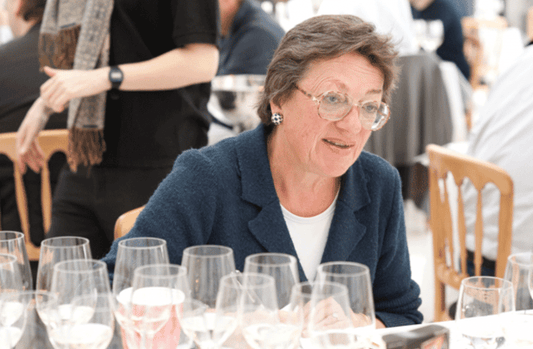| On a hot, mid-May afternoon I entered Yann Chave’s cool cellar for a tasting. ‘There used to be a joke,’ he said, while uncorking a bottle, ‘that it’s easier to sell a two-person coffin than a white wine from Crozes-Hermitage.’ I looked around warily, took comfort in the fact that I could only see wooden barrels, and sipped as Yann explained that years ago the wines were sometimes oxidized or cloying, with exaggerated notes of honey and acacia. But, like the other Crozes-Hermitage whites I tasted on my winery visits, Yann’s had vivacity and a crisp, dry finish, which just goes to show the inaccuracy of regional stereotypes. The quality of both reds and whites has improved immensely in Crozes-Hermitage, where a new generation of winemakers looks to express subtle differences in terroir. Back in 1937 – when Crozes-Hermitage was both the name of the commune and the appellation – comparisons with its illustrious neighbour, Hermitage, were inevitable. But how could Hermitage’s granitic slope, at a mere 136-hectares, cast such a huge shadow over a wine region more than 10 times its size? The answer, then as now, lies in the terroir. In 1952, 10 more communes were added to the Crozes-Hermitage appellation and today, at 1,700 hectares, it is the second largest AOC in the Rhône after Châteauneuf-du-Pape. Differences in terroir help to explain why one bottle can cost 15 euros and another 50. If we take the Hermitage hillside as the appellation’s dividing point, 80 percent of the wine comes from the south, where the grapes from the alluvial valley floor in Beaumont-Monteux, Chanos-Curson, Mercurol, La Roche-de-Glun and Pont-de-l’Isère are used to make affordable, fruit-forward blends. Since the land is relatively flat, viticulture can be mechanized, which also helps to keep costs down. While the combination of clay-limestone and galets roulés, a good exposition and a conscientious winemaker often results in a very nice wine, it will rarely be mistaken for a precisely focused Hermitage that only reveals its secrets after many years in the cellar. Some of the appellation’s best vineyards are on the granite and loess hillsides in the northern communes of Serves-sur-Rhône, Crozes-Hermitage, Erôme, Gervans, Larnage and Tain-l'Hermitage. Each of the producers I visited makes at least one Crozes-Hermitage red of terroir, though they don’t all come from vineyards in the north and winemaking techniques vary considerably. In the last 20 years, important changes have taken place in Crozes-Hermitage’s vineyards and cellars. First, there has been the transition to organic viticulture. In Gervans, Laurent Habrard’s parents found peaches and apricots more profitable than grapes. Curiously, while Laurent was in conversion to organic farming in the early 2000s, he lost two out of three fruit tree harvests without experiencing any reduction in vineyard yields. ‘We are very lucky to have something that is so easy to produce organically in the Rhône Valley,’ he said. ‘Whether you are in the south or the north of the Rhône, you always have the wind and that’s a very important element for limiting disease and helping organic viticulture.’ Mercurol winemaker Gilles Robin followed a similar path in developing his domaine, as his wife Fabienne told me. ‘The older generation had a lot of fruit trees and a few grapes, but they were all sold to the cooperative. The children of these people, like Gilles, have taken over the vineyards, left the cooperative and they do the wine themselves. Before, people didn’t know how to make wine so well. Now, the winemakers study, or are oenologists, and because of this you have better quality in Crozes-Hermitage.’ With that increase in knowledge has come a recognition of the merits of minimal intervention. Philippe Belle, who is based in Larnage, said: ‘Before we worked with the wine a lot in the cellar. More pump-overs and racking. For me that was a mistake because the terroir gives everything the wine needs. If you just leave it alone it will be finer and more elegant.’ |




